
5 Exciting Adult Activities For Seniors
5 Exciting Adult Activities For Seniors Exploring new hobbies, meeting new friends, and staying active are all essential for your well-being at Westmont Village Homes.
Gain expert insights and practical tips to help seniors and their families navigate senior living with confidence.
Category: Activities

5 Exciting Adult Activities For Seniors Exploring new hobbies, meeting new friends, and staying active are all essential for your well-being at Westmont Village Homes.

Smart Ways to Manage Assisted Living Expenses Planning for assisted living expenses starts with clarity and a strategy tailored to your unique financial situation. At
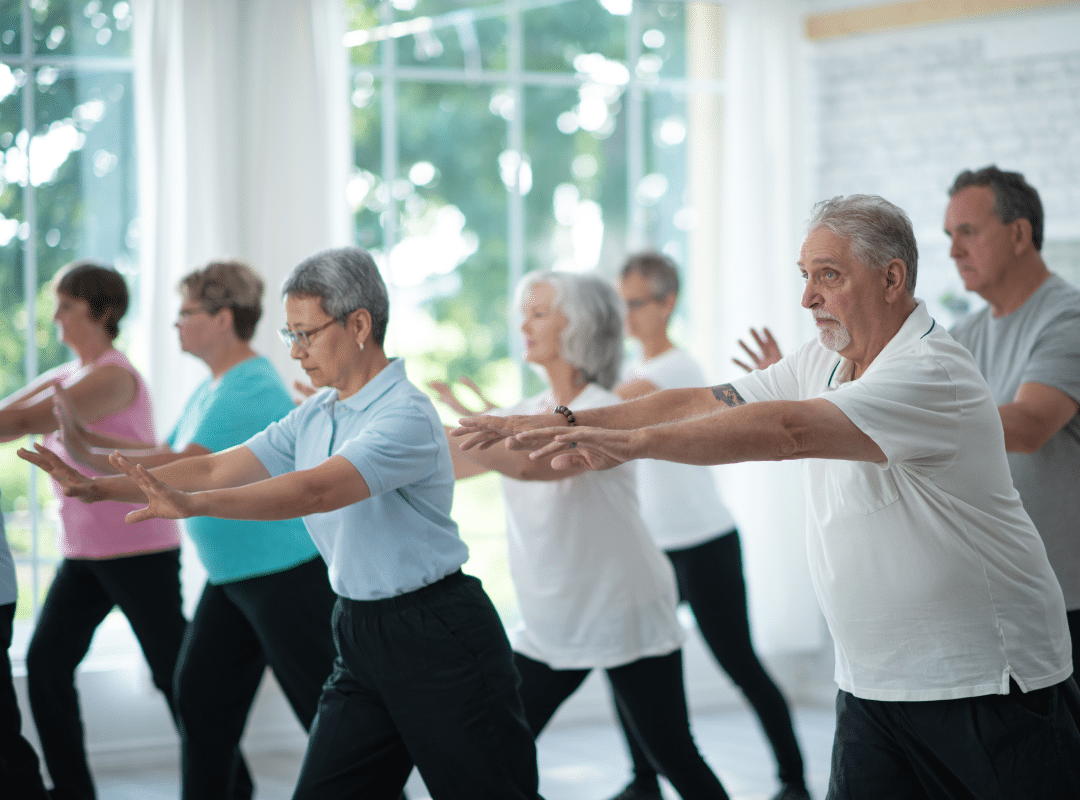
Senior Exercise Class: Stay Active and Healthy at Any Age Staying active is crucial for maintaining overall health, and senior exercise classes near you provide
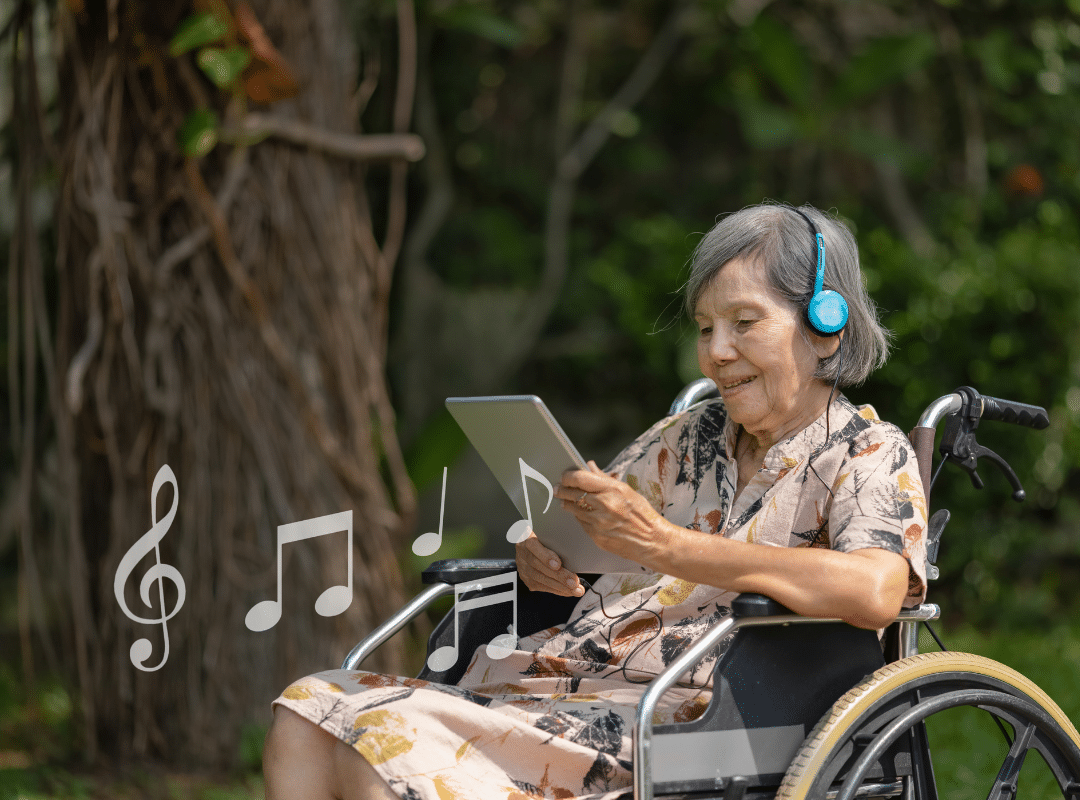
Music for Elderly People That Brings Back the Joy Music for elderly people is more than entertainment—it’s a lifeline to treasured moments and emotional healing.
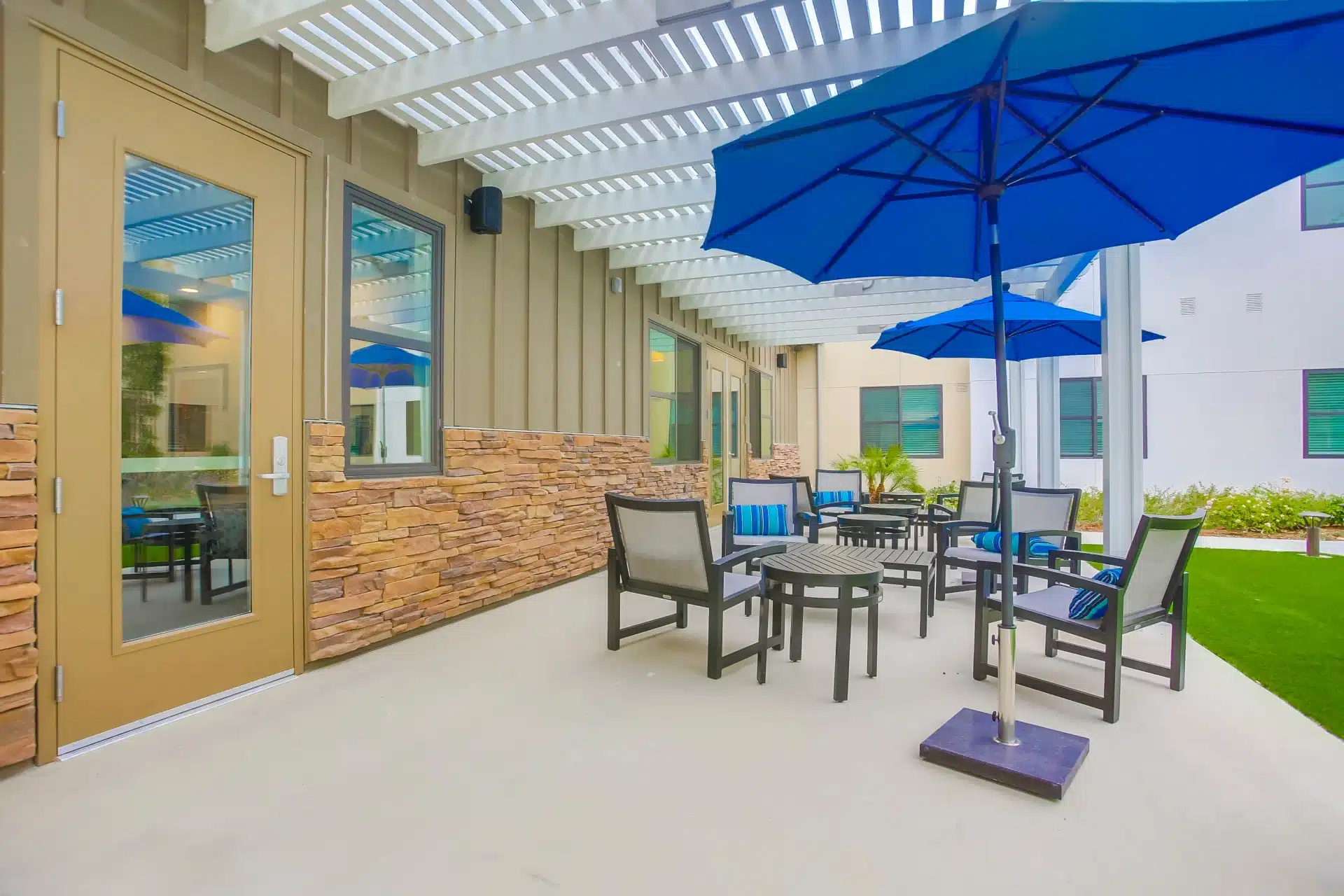
Experience the Best of Assisted Living Encinitas Today Exploring the perfect place for your loved one can be a challenging but rewarding journey. Assisted living

Discover the Best Places to Retire for Active Adults in Riverside Riverside, CA is quickly earning a reputation as one of the best places to
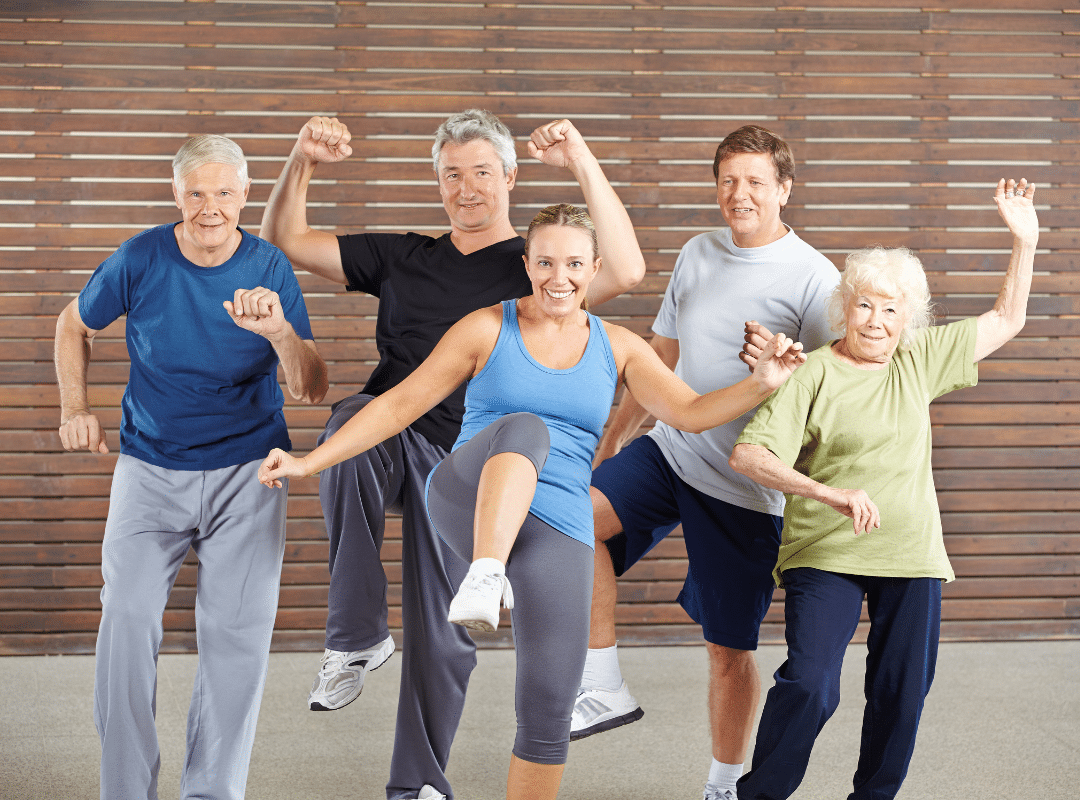
Discover the Power of Elderly Workout Classes Today Staying active is vital at any age, but it becomes especially critical in our later years. Elderly
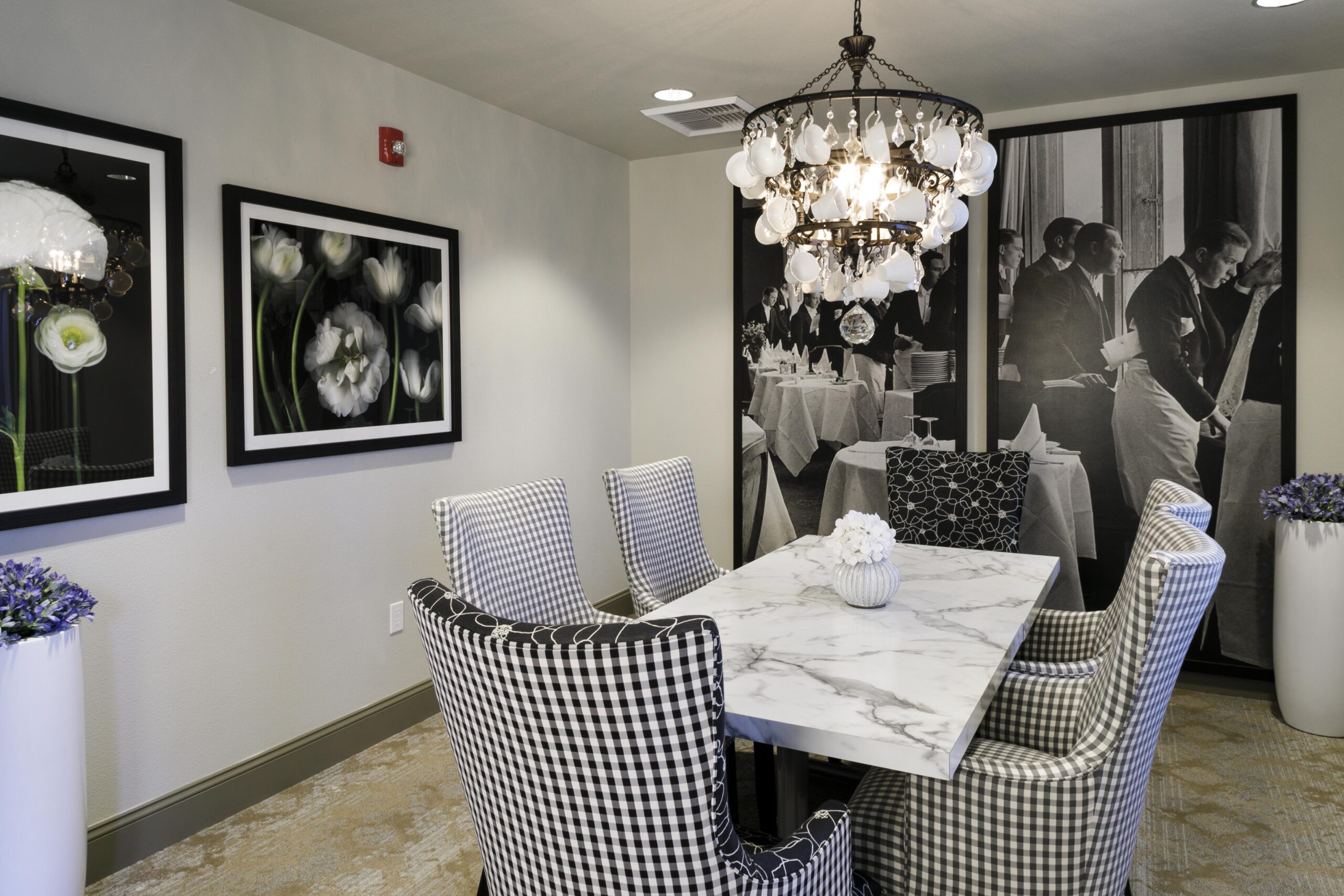
High-End Senior Care: Redefining Retirement Living As you explore the concept of high-end senior care prices at The Oaks at Nipomo, you’ll find it’s more

Ways to Manage Memory Care Facility Costs Today Managing memory care facility costs is a challenge many families face when planning for the future of

Indoor Games for Elderly People That Bring Joy & Fun Did you know that engaging in indoor games for elderly people can boost cognitive function
Discover the level of care you or your family member requires.
Popular Blogs
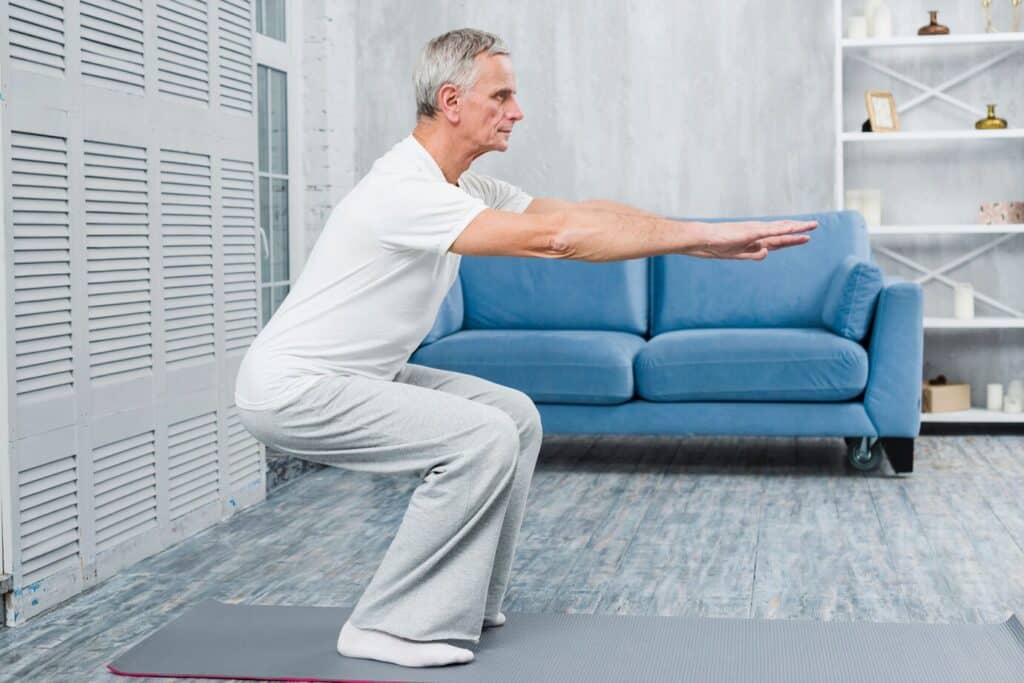




Find out if you or your loved one’s current lifestyle is best suited for long, healthy aging.
Each of our communities across California and Oregon offers a unique blend of activities, connection, and wellness.
Embrace a lifestyle where your interests and independence are celebrated every day.
9000 Murray Drive La Mesa, CA 91942
Luxury redefined in a resort-style setting, tailored for dynamic senior living experiences.
190 Via Jero, Goleta, CA 93117
Where warmth meets care, curating an inviting senior living experience.
17050 Arnold Drive Riverside, CA 92518
A harmonious blend of belonging, independence, and enriching senior lifestyles.
All Rights Reserved. Powered by ConversionFormula.
Pick a Westmont community to explore and schedule your personal walkthrough!
Make yourself at home where a happy, healthy lifestyle goes hand-in-hand with your personal fulfillment, enrichment, and growth.
Answer a few quick questions to unlock the exciting future senior living can offer!